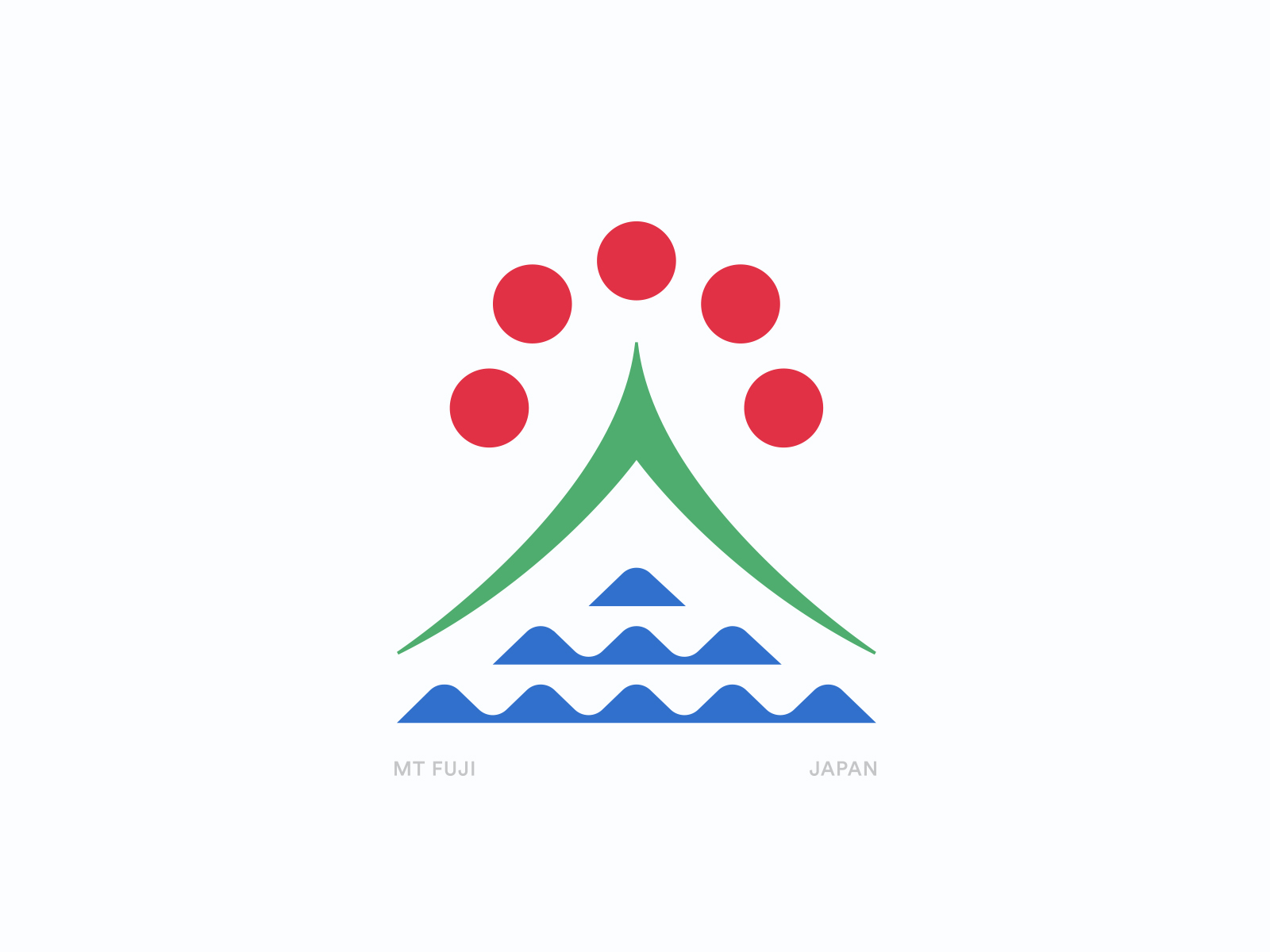

- Mount mograph manual#
- Mount mograph code#
Lists all available assets provided by MAXON or stored by the user. Enables users to replace the context of many Nodes, e.g., to change the UV mapping for this node. The command Show Sub-channels can switch the layout to also show sub-channels of a parameter (e.g., Color.R, Color.G, Color.B, Color.A for “Color”). Nodes can have a dynamic number of inputs (e.g., the gradient can have a variable number of Knots). The input attributes of the selected node. Asset Version dropdown shows the different versions of a node (if available). New connector element showing dependencies within the shading/rendering context. A specialized version of the Attribute Manager. Attributes Area, displaying the parameters of the selected nodes. New Node Editor based on new UI framework. Node based Materials can be edited in the Node Editor, Material Editor and Attributes Manager. Node networks can be turned into material assets. Projection nodes can be visualized in the Viewport. MoGraph Beat Shader now accepts float values for BPM. Improved shader / material baking for the Viewport. Immediate low-resolution baking for Viewport. Improved progressive rendering performance. New Reload Scene per Frame option to enforce R19 behavior.  Scenes are now cached when animations are rendered to the Picture Viewer. The kernel compilation is triggered when such a shader is added.
Scenes are now cached when animations are rendered to the Picture Viewer. The kernel compilation is triggered when such a shader is added. Mount mograph code#
Compiling kernels on demand, shaders that introduce a big chunk of GPU kernel code will not be included in the initial kernel compilation. Ray Depth can now be restricted (Diffuse, Glossy Reflection, Refraction, Glossy Refraction). New Seed setting: users can now specify a seed that is used for rendering. 2D Noises: users now can use all 2D noises except ‘sparse convolution’ in the legacy base shader. Out of Core Texture streaming to render textures that exceed the total GPU memory. Volume Mesh command: Remeshes and combines polygon objects using a volume-based approach. References and loads volume files and volume file sequences. Volume objects can be imported and exported from and to the industry standard. User can control the Voxel Range Threshold or the Surface Threshold. Generate a polygon object from a Volume object. Volume objects can be referenced as a Field Layer. Fog (Normal, Max, Min, Add, Subtract, Multiply, Divide). Signed Distance Fields (Union, Substract, Intersect). Objects and Filters can be layered using different mix modes. Signed Distance Field: Dilate / Erode, Close / Open. Different Filter Accuracy settings for Signed Distance Fields: First Bias, Second Bias, Third Bias, WENO 5, HJWENO 5. Signed Distance Field: Gaussian, Mean, Median, Mean Curvature, Lablacian Filter. Several parameters of the resulting Volume object can be controlled (e.g., Voxel Size). Can create Signed Distance Fields and Fog volumes. Converts a polygon object, spline object, particle object or a Field into a Volume object. Commands and tools using the new modeling kernel will respect these surface attributes and use the interpolation functions provided.  A new API allows 3rd-party developers to create custom Data tags, which store surface attributes and can also provide interpolations functions. The Structure Manager now automatically switches the Component mode (Points, Polygons, …) to the mode selected in the Structure Manager. An option is available to convert legacy primitives from old scenes to use the new behavior. Sphere (Icosahedron, Octahedron mode), Platonic and Pyramid primitives now generate non-overlapping UV coordinates. Primitives now use the new modeling kernel. Several tools migrated to the new modeling kernel. Delete Components command with much faster performance and better behavior (e.g., deleting disconnected points). Several commands migrated to the new modeling kernel provide much better preservation of surface attributes (UV, etc.). AI importer: Illustrator splines now load in at the correct scale. New CAD imports (CATIA V5, JT, Solidworks, STEP, IGES).
A new API allows 3rd-party developers to create custom Data tags, which store surface attributes and can also provide interpolations functions. The Structure Manager now automatically switches the Component mode (Points, Polygons, …) to the mode selected in the Structure Manager. An option is available to convert legacy primitives from old scenes to use the new behavior. Sphere (Icosahedron, Octahedron mode), Platonic and Pyramid primitives now generate non-overlapping UV coordinates. Primitives now use the new modeling kernel. Several tools migrated to the new modeling kernel. Delete Components command with much faster performance and better behavior (e.g., deleting disconnected points). Several commands migrated to the new modeling kernel provide much better preservation of surface attributes (UV, etc.). AI importer: Illustrator splines now load in at the correct scale. New CAD imports (CATIA V5, JT, Solidworks, STEP, IGES). Mount mograph manual#
Set Frame (for manual animation control via keyframes). Users can now bake selected objects to Alembic. Performance improvements by caching matrices. Null objects with only one child polygon object now create one combined object instead. Installer Command Line Interface (CLI) mode.










